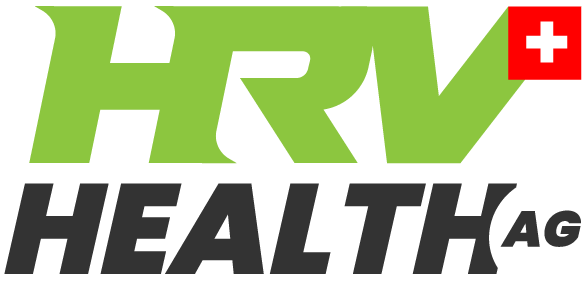Heart rate variability is a science that has been helping elite athletes achieve their best over the past couple of decades. How does it work, and how can it work for you?
We often see users making three common mistakes when they start using the HRV Health Platform to assist them with their training:
1) Taking the reading at the wrong time
Like any good science, the measurements must be taken under the same conditions each time, reducing the number of variables. The readings should be taken at rest, as close as possible to the user’s resting heart rate. Taking readings during exercise, or immediately afterwards is wrong.
You will achieve nothing, and it will affect the reliability of readings that are taken at rest. As a result, HRV will not work for you – so please don’t be surprised that you are not getting any benefit from the system if you take your readings at the wrong time.
2) Using RMSSD
We have seen numerous articles where the authors refer to RMSSD as the measure of the user’s training status. Yes, it is an indicator, but there are significant flaws in its use as the primary measure of training status. Firstly, it works on a geometric scale. Secondly, people with a heart condition will have High RMSSD. The most effective measure for athletes is SD2, one of the metrics of the Poincaré plot.
3) Taking multiple readings
Unless you have an error in the reading, or the reading is compromised in some way, it is wrong to take multiple readings in a day. You need to take a single reading each day, while at rest, and without having taken any stimulants (coffee, alcohol or medication).
How HRV works to indicate training status.
The Poincaré plot[1]Understanding the Poincaré plot is a better indicator of both health and training status than RMSSD. The measure of the Poincaré plot along the longitudinal axis using the SD2 metric is a more reliable metric for training.
Our algorithm compares the SD2 of the current reading against the SD2 10 day moving average, and the relative proportion of these two figures produces the recovery recommendation. All of these figures appear on the Recovery analysis page on the HRV Health Platform.
A below average SD2 figure will often appear in conjunction with an elevated resting heart rate (RHR). The recommendation will advise recovery, and you will continue to receive this advice until your are fully recovered.
HRV does not only measure the effect of training
Your HRV metrics are affected by all of the stressors that occur from day to day. Even if you do have an easy training day, and you have other stress (cognitive or physiological), these will impact on your HRV and correspondingly, on your ability to recover.
Sleep
Sleep is one of the most effective methods to maximise recovery. Read our articles: Sleep, health and HRV and Stress and HRV.
Read more:
All You Need to Know About Training with Heart Rate Variability
Using Heart Rate Variability to Schedule the Intensity of Your Training
The Ultimate Guide to Heart Rate Variability and Strength Training
Endurance training guided individually by daily heart rate variability measurements
Monitoring endurance running performance using cardiac parasympathetic function
Autonomic recovery after exercise in trained athletes: intensity and duration effects
Cardiac Parasympathetic Reactivation Following Exercise: Implications for Training Prescription
Eleven Years Monitoring of the World’s Most Successful Male Biathlete of the Last Decade
References
| ↑1 | Understanding the Poincaré plot |
|---|
